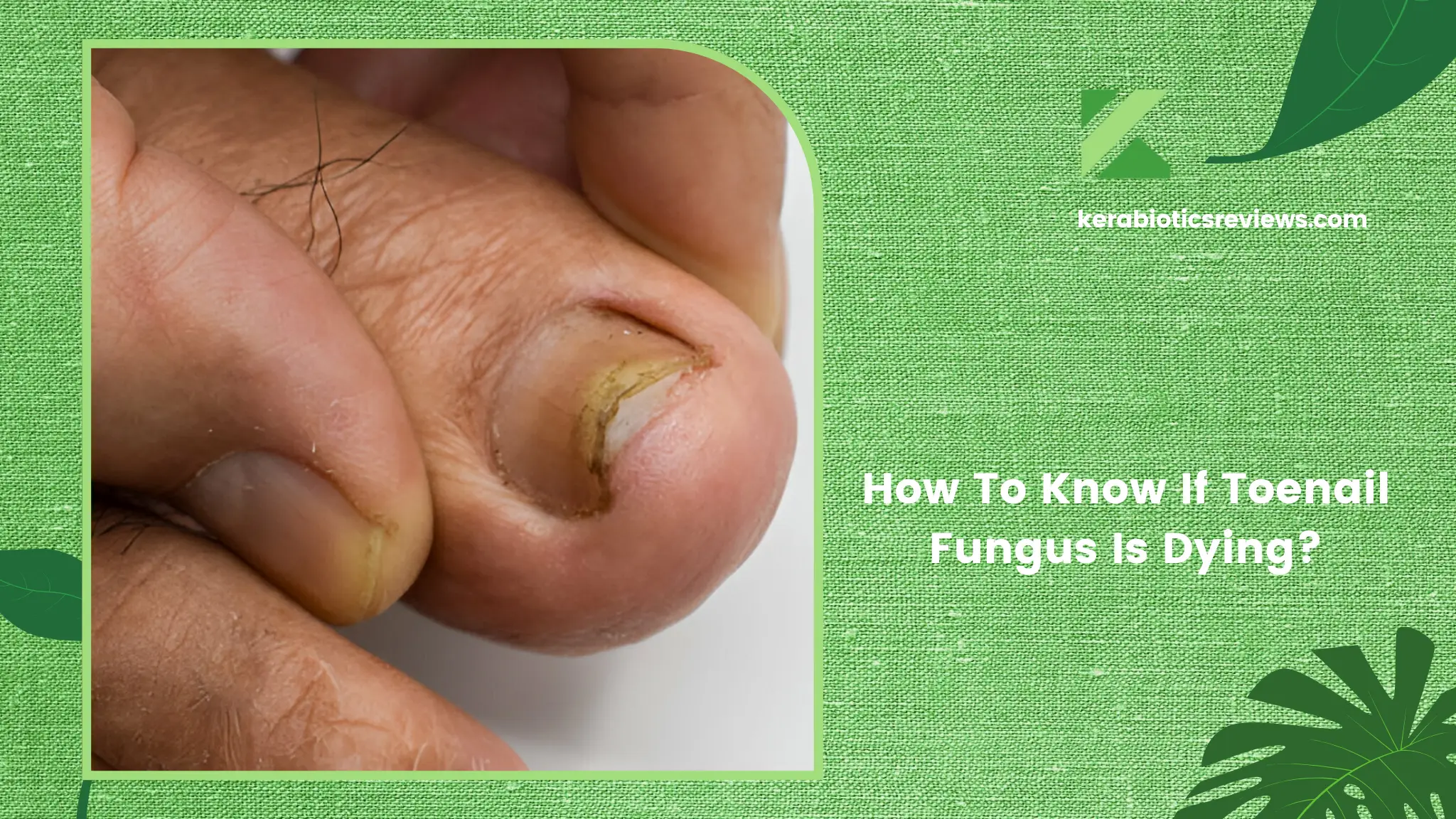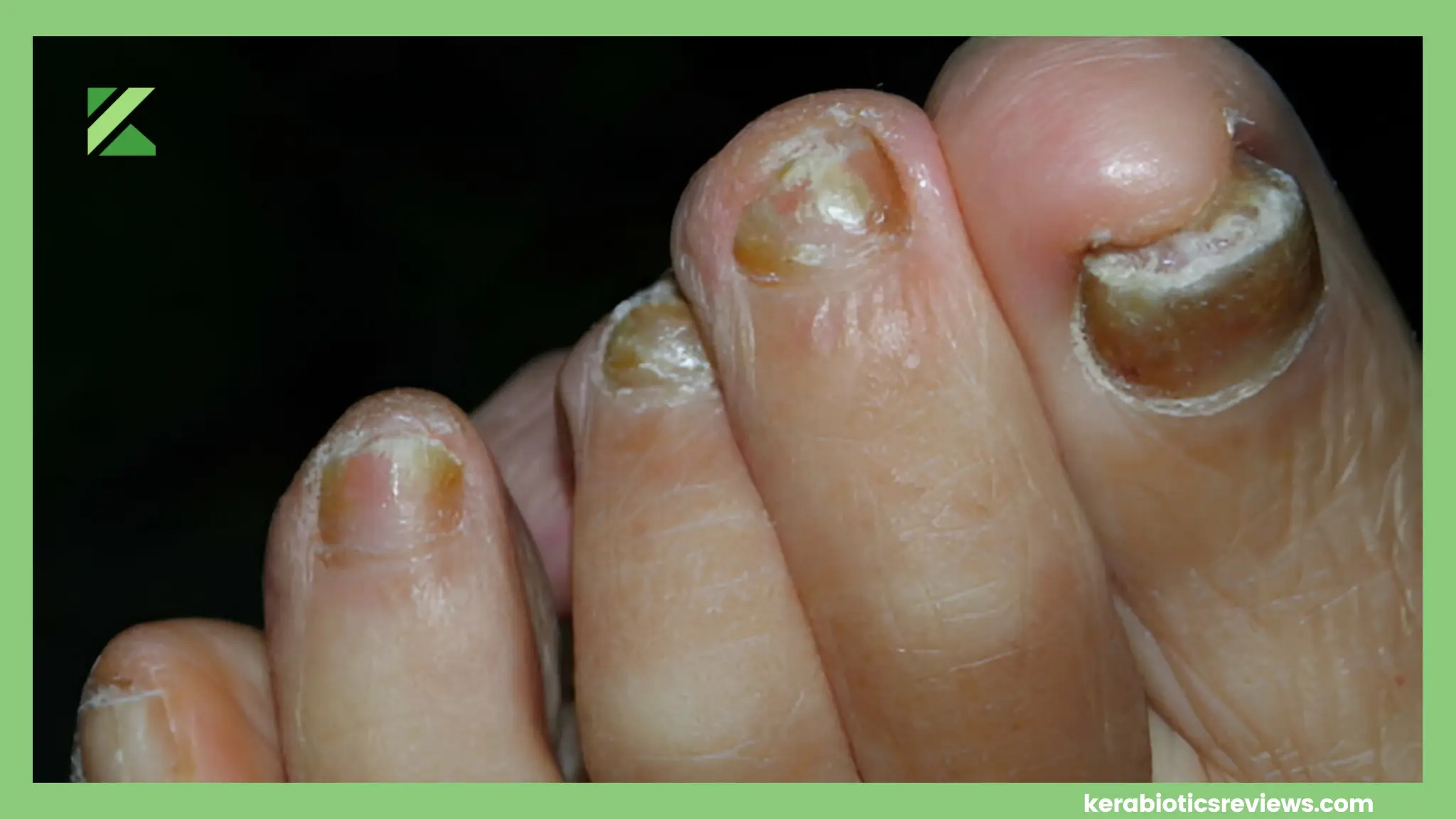How To Know If Toenail Fungus Is Dying: Signs Of Progress To Look For
Learn the signs indicating your toenail fungus is receding with our comprehensive guide. Discover how to recognize the subtle cues of a dying fungus, including changes in color, texture, and smell. Gain valuable insights into effective treatments and preventive measures to ensure long-term relief. Unlock the secrets to assessing the progress of your toenail fungus treatment with expert tips and advice. Whether you’re battling stubborn nail fungus or seeking reassurance on your recovery journey, our informative resource equips you with the knowledge to confidently monitor and manage your condition. Take control of your toenail health today with our expert guidance.

Disclaimer: This article has been generated with the assistance of AI tools. While our research team has fact-checked the content, readers should independently verify information for accuracy and reliability.
Toenail fungus, also known as onychomycosis, is a common and stubborn condition that affects millions of people worldwide. This fungal infection can cause discoloration, thickening, and crumbling of the toenails, making them unsightly and potentially painful.
While getting rid of toenail fungus can be a challenging process, several signs indicate the fungus is dying and the treatment is working. In this article, we’ll explore how to recognize these signs and what steps to take next.
Top 5 Signs Of Dying Toenail Fungus: Are You On Track?

1. Nail Growth And Appearance
One of the most obvious indicators that toenail fungus is dying is the appearance of new, healthy nail growth. As the fungus retreats, you may notice a distinct line separating the infected portion of the nail from the clear, uninfected area. This demarcation line is a positive sign that the fungal infection is being eliminated.
Additionally, the infected nail may start to thin out and become less discolored or crumbly. While it may still appear yellowish or brownish, a gradual improvement in the nail’s appearance and texture is a good sign that the fungus is losing its grip.
2. Reduced Thickening And Crumbling
Toenail fungus often causes the nails to become thick, brittle, and crumbly. As the infection subsides, you may notice that the nails are becoming smoother and less prone to crumbling or breaking off in pieces. This is an indication that the fungus is no longer actively damaging the nail structure.
3. Decreased Foul Odor
One of the unpleasant side effects of toenail fungus is a foul, musty odor emanating from the infected nails. If you notice that the unpleasant smell is diminishing or disappearing altogether, it could be a sign that the fungus is dying off and the infection is clearing up.
4. Reduced Pain And Discomfort
In some cases, toenail fungus can cause pain, discomfort, or a burning sensation in the affected toe. As the fungus starts to die off, this discomfort should gradually subside. If you experience a noticeable reduction in pain or irritation, it’s a positive sign that the treatment is working.
5. Easier Nail Trimming
When toenail fungus is in full force, the nails can become extremely thick and difficult to trim. As the infection clears up, you may find that trimming the nails becomes easier and less challenging. This is a good indication that the fungus is losing its grip and the nails are returning to a healthier state.
Related: Top 10 Nail Fungus Symptoms To Watch Out For
What To Do Next?
If you notice any of these signs, it’s important to continue with your prescribed treatment regimen diligently. Toenail fungus can be persistent, and it’s essential to follow through with the full course of treatment to ensure complete elimination of the fungus.
However, if you’ve completed the recommended treatment and the signs of improvement persist or worsen, it’s advisable to consult with your healthcare provider or a podiatrist. In some cases, additional treatment or a different approach may be necessary to fully eradicate the fungal infection.
Prevention And Maintenance
Once you’ve successfully treated toenail fungus, it’s crucial to take preventive measures to avoid a recurrence. This includes keeping your feet clean and dry, wearing breathable socks and shoes, and avoiding walking barefoot in damp public areas like pools or locker rooms.
Additionally, maintaining good foot hygiene and trimming your nails regularly can help prevent the fungus from taking hold again. If you notice any signs of a new infection, it’s best to seek prompt treatment to prevent the fungus from spreading or becoming more entrenched.
Related: How To Grow Toenails Faster? 5 Proven Methods To Stimulate Nail Growth!
Conclusion
Recognizing the signs that toenail fungus is dying is an encouraging step in the journey to regaining healthy, clear nails. By being vigilant and continuing with the prescribed treatment, you can increase your chances of successfully eliminating the fungal infection. Remember, patience and persistence are key when dealing with toenail fungus, but the rewards of having healthy, beautiful nails are well worth the effort.
Luna Rey
Dr. Luna Rey is a renowned dermatologist renowned for her expertise in diagnosing and treating a vast array of skin conditions. From common ailments such as acne and eczema to complex diseases like psoriasis and skin cancer, her proficiency spans the entire spectrum. Beyond her clinical practice, Dr. Rey’s passion for writing has led her to contribute extensively to leading medical journals. Her articles on dermatology topics are widely acclaimed for their clarity, concision, and accessibility. With a writing style that seamlessly blends scientific rigor with lucid explanations, she has garnered a broad readership, making her work a valuable resource for both professionals and the general public alike.
